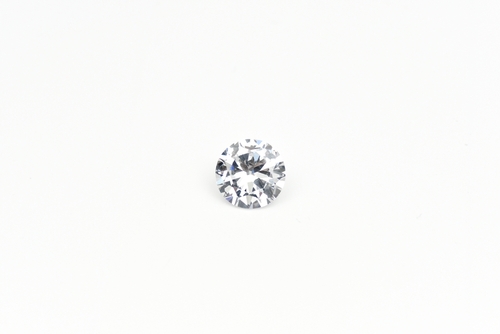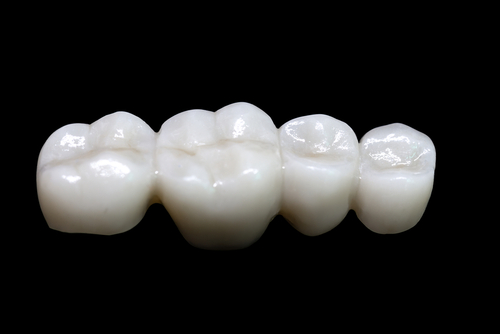 Zirconium oxide (ZrO2) is a material of profound significance in materials science and engineering. Due to its exceptional thermal and chemical stability, it’s widely applied in various industries, including electronics, ceramics, and biomedical engineering.
Zirconium oxide (ZrO2) is a material of profound significance in materials science and engineering. Due to its exceptional thermal and chemical stability, it’s widely applied in various industries, including electronics, ceramics, and biomedical engineering.
Zirconium oxide ceramic exhibits remarkable properties such as high melting point, low thermal conductivity, and excellent corrosion resistance. Its unique combination of physical and chemical characteristics has spurred extensive research and utilization, making it a key element in advancing technological frontiers and contributing to the development of innovative solutions in diverse scientific domains.
What are interesting facts about zirconia?
ZrO2 undergoes a phase transformation at elevated temperatures, transitioning from a monoclinic to a tetragonal crystal structure, a phenomenon exploited in various engineering applications. Adding stabilizers like yttria enhances its structural integrity and resistance to phase changes, rendering it suitable for demanding conditions.
It exhibits exceptional mechanical properties, including high hardness and fracture toughness, making it a preferred choice for components in cutting tools and wear-resistant applications. Its unique combination of low thermal conductivity and high melting point finds utility in refractory materials and thermal barrier coatings. Furthermore, the material’s compatibility and resistance to corrosion have propelled its use in medical implants and dental applications.
Beyond its physical attributes, zirconia plays a pivotal role in oxygen sensing devices due to its oxygen ion conductivity. This has implications in solid oxide fuels cells, sensors, and catalysis. In optics, its transparency to visible and infrared light positions it as a promising material for optoelectronic devices.
Zirconia’s multifaceted nature and remarkable properties continue to intrigue researchers and engineers alike, driving innovations across a spectrum of scientific disciplines.
Chemical structure
ZrO2 consists of zirconium (Zr) and oxygen (O) atoms. The crystal structure of zirconium oxide can vary, with the most common phases being monoclinic, tetragonal, and cubic. The arrangement of these atoms contributes to the material’s unique properties, including its phase transition behavior. Stabilizers are often added to enhance its structural performance, tailoring it for specific industrial and scientific applications.
Chemical reactions
It participates in various chemical reactions due to its versatile nature. At elevated temperatures, it undergoes a reversible phase transition between monoclinic, tetragonal, and cubic structures. Notably, it exhibits an excellent reaction with stabilizing agents like yttria, forming yttria-stabilized zirconia (YSZ), a crucial material in solid oxide fuel cells (SOFCs), where it conducts oxygen ions, facilitating electrochemical reactions.
In addition, the compound is involved in redox reactions. For instance, it serves as an oxygen storage medium in automotive catalytic converters, aiding in the conversion of harmful emissions. Zirconia’s high affinity for oxygen also finds application in oxygen sensors. Moreover, its reactivity with acids can be exploited for material processing, as it can be dissolved in hydrofluoric acid.
These diverse chemical reactions highlight the adaptability of ZrO2 in catalysis, electrochemistry, and materials synthesis, contributing to its significance in an array of technological and industrial applications.
 Who are the leading specialists in zirconia oxide ceramic?
Who are the leading specialists in zirconia oxide ceramic?
Whether you’re interested in learning more about how zirconia is manufactured, what products are made from this compound, or what makes zirconia eco-friendly, reach out to our experts at Wunder Mold. We’ll be glad to answer any questions or concerns you may have and provide you with high-quality parts designed precisely according to your specific requirements. We’ll carefully listen to your needs and employ our extensive knowledge and advanced technology to deliver optimal solutions.
We cater to the needs of both domestic and international clients and a wide range of industries and applications. Get in touch with us by phone or send an email at sales@wundermold.com and tell us how we can help.
 Who are the leading specialists in zirconia oxide ceramic?
Who are the leading specialists in zirconia oxide ceramic?